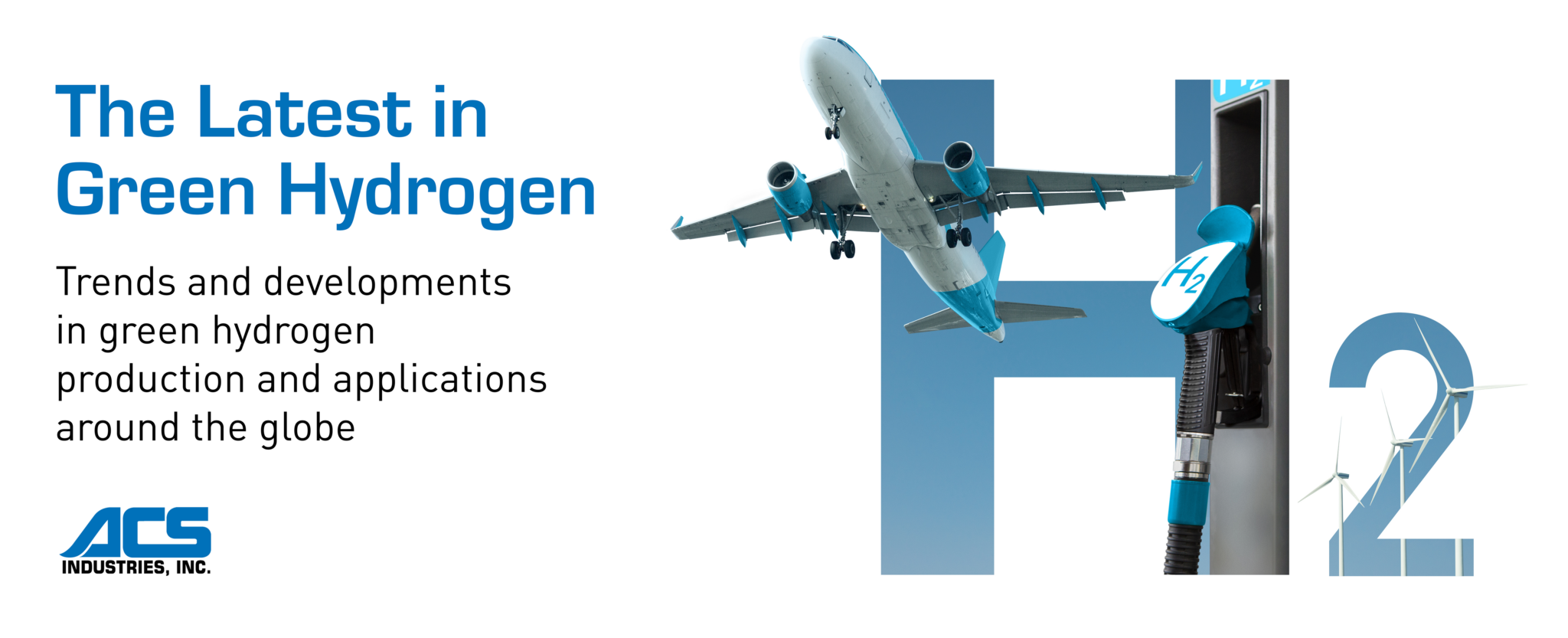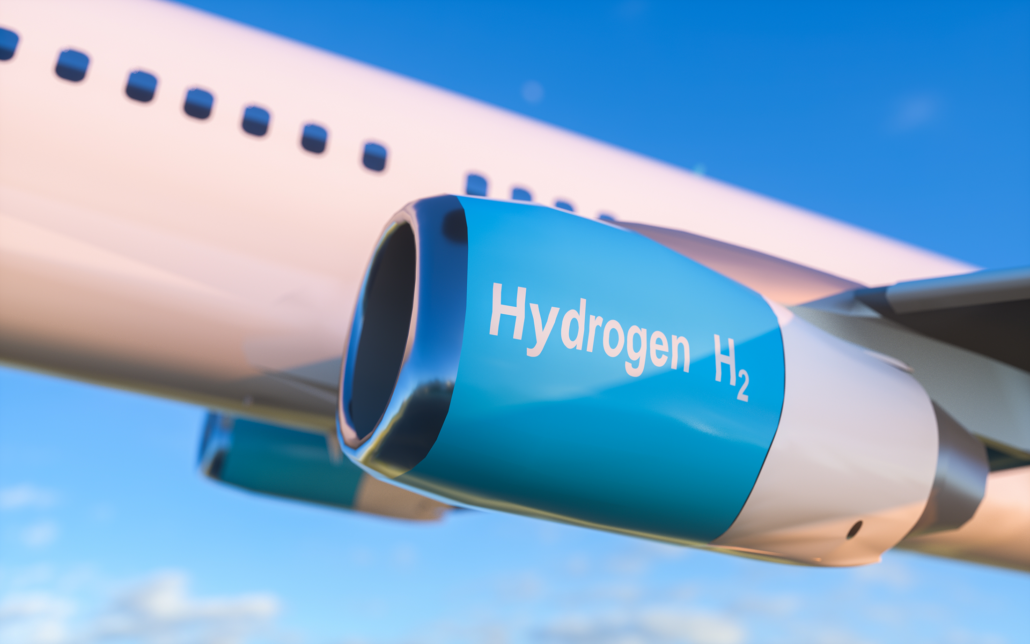1. Solar Hydrogen
Researchers at the University of Colorado have discovered a more efficient hydrogen production method that runs entirely on solar energy. The new hydrogen production process utilizes thermochemical reactions in place of electrolysis. This process can not only produce green hydrogen but can also split carbon dioxide from the atmosphere into carbon monoxide at the same time, allowing the machines to produce syngas, a building block of many fuels including gasoline, diesel, and kerosene. Scientists were already aware of the possibility of this new hydrogen production method, but it was long deemed too inefficient to be commercially viable. University of Colorado researchers have solved this problem by placing the contents of the machine under elevated pressures, resulting in a more than doubled yield.
2. Photocatalysis
A Team at Munster University in Germany has developed a new process for green hydrogen production utilizing photocatalysis instead of electrolysis. The catalysts in this novel system are triaryl phosphines instead of the precious metals typically used in electrolysis and the process is driven by light emitted from an LED.
3. New Catalysts increase efficiency of electrolysis
Researchers at the Central South University in Changsha, China have found that nickel-iron-molybdenum-phosphide anchored on nickel foam (NiFeMo-P-C) can greatly reduce the amount of electricity needed to perform hydrogen electrolysis. This catalyst contains no platinum of iridium oxide and can thus be sourced more cheaply than traditional catalysts. This new catalyst reduces the required cell voltage to just 1.5V at 10 mA ·cm-2, can be produced without complicated preparation steps of elaborate nanostructures, and has improved durability within alkaline conditions.
4. First hydrogen powered flight
H2FLY, a company in Stuttgart, Germany, has now completed four flights with its liquid hydrogen fueled aircraft. One of these flights reportedly lasted over 3 hours. Using liquid hydrogen instead of the heavier gaseous hydrogen has allowed these aircraft to reach a range of 932 miles. Connect Airlines and Avia have both completed green hydrogen fueled flights earlier this year totaling 15 and 10 minutes respectfully. A new cryogenically liquified hydrogen and electric system has allowed H2FLY to step into the lead in terms of completed flight duration.
5. Hydrogen powered semi-trucks
Despite having a rough go of it with their electric semi-trucks recently, including a complete recall due to fire risk, truck manufacturer Nikola is still reporting that they are on track to be the first company to deliver hydrogen-powered semis later this year. The hydrogen trucks have a theoretical 500-mile range. Nikola received $42 million in July from the California Transportation Commission to open six hydrogen fueling stations. Until these stations are completed Nikola plans to use mobile fueling units.
6. Hydrogen fueled pharmaceutical industry
The University of Madison-Wisconsin published a study in August that demonstrates the potential to use hydrogen fuel cell technology to make pharmaceutical chemicals in a greener way. Drug manufacturing traditionally depends on large quantities of zinc metals from which to source electrons, but this process leads to a great amount of environmentally damaging waste. Researchers have discovered that hydrogen gas can take the place of zinc and supply electrons to the pharmaceutical manufacturing process with very little waste and a fully green production process. The newly invented system uses quinone to strip electrons from hydrogen. The discovery has potentially far-reaching implications as there are a multitude of industries outside of pharmaceuticals that could benefit from a reliable source of environmentally friendly electrons.
7. New hydrogen project in West Virginia
Fidelis New Energy has selected a location in Mason County, West Virginia, in which to build a net-zero hydrogen production plant and a hydrogen powered data center. The project will be completed in four phases, each costing about $2 billion and producing over 500 metric tons of green hydrogen per day. The first phase is expected to be fully operational in 2028.
8. Regional Clean Hydrogen Hubs
The US Office of Clean Energy Demonstrations is expected to release their selection of 6-10 regional clean hydrogen hubs this fall. These hubs will share up to $7 billion in government funding intended to help get green hydrogen production facilities as well as associated infrastructure up and running. This project is intended to help lay the groundwork for a national network of clean hydrogen production, processing, delivery, storage, and use, while also creating jobs and giving an economic boost to carefully selected regions.




